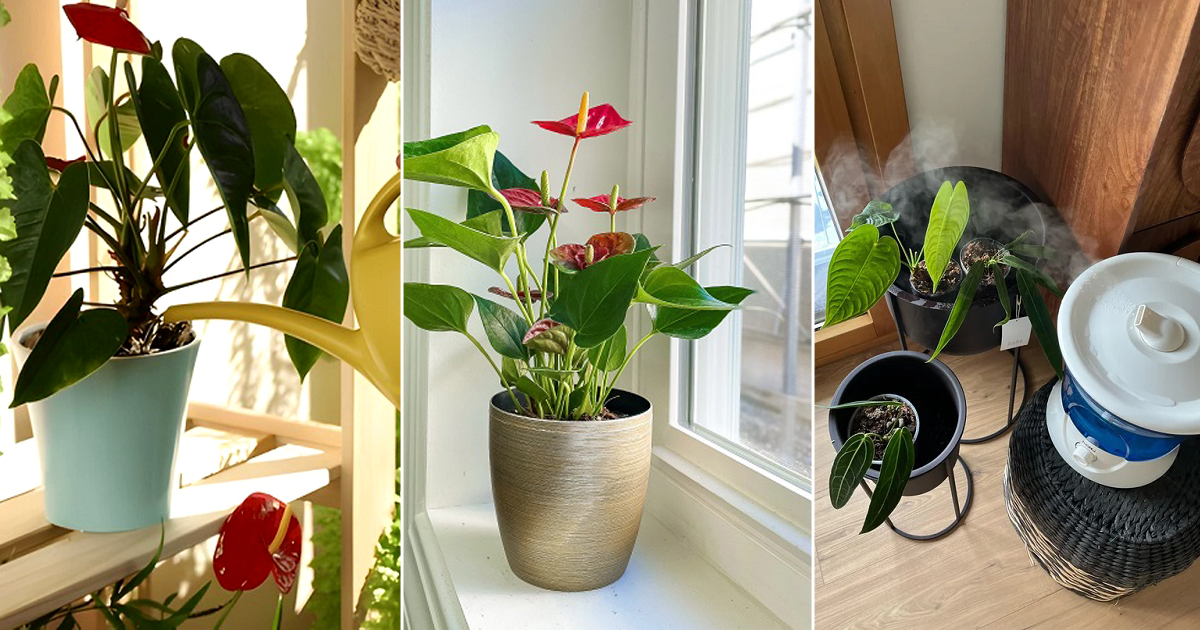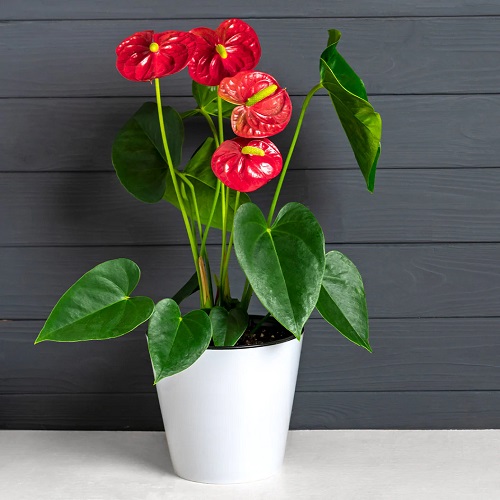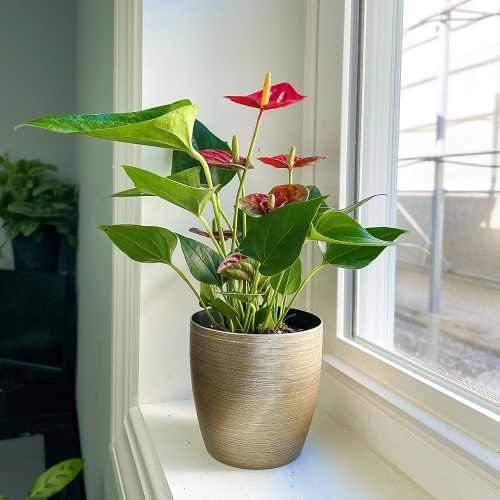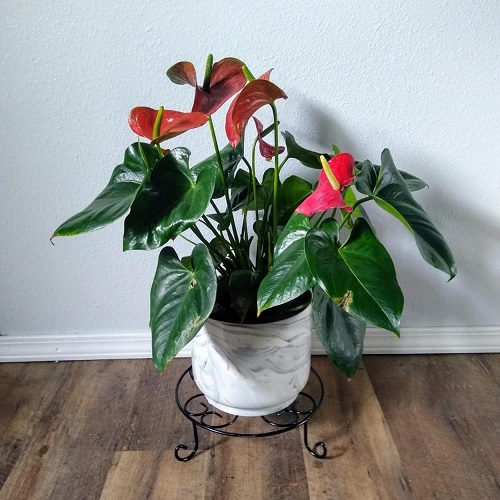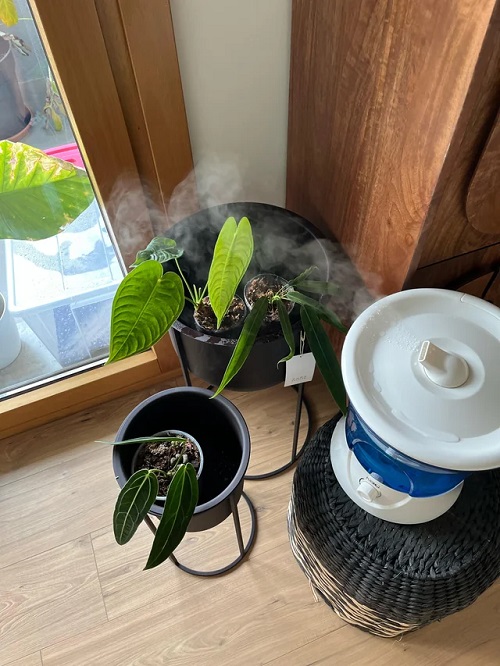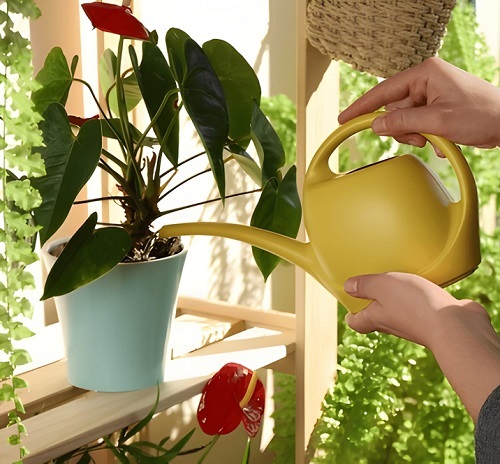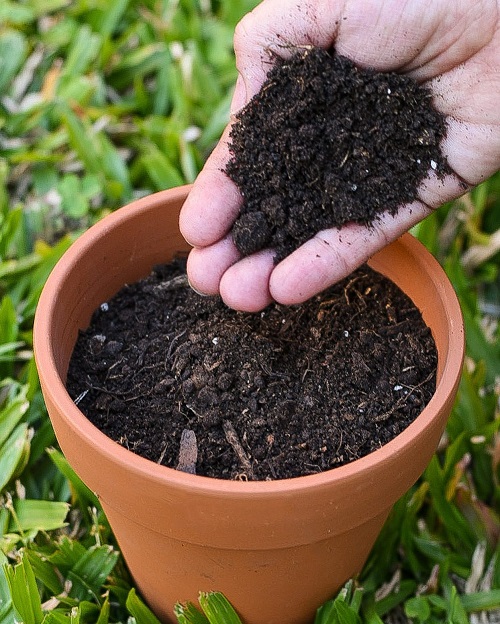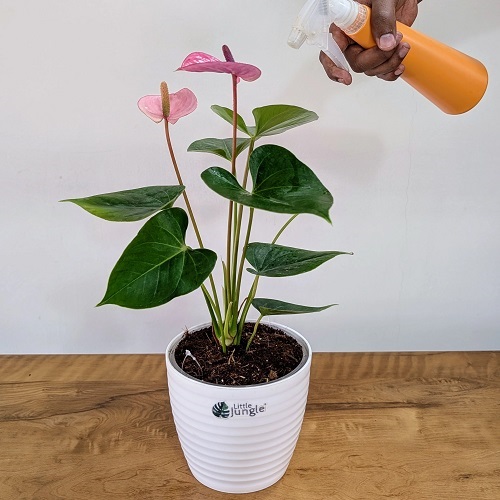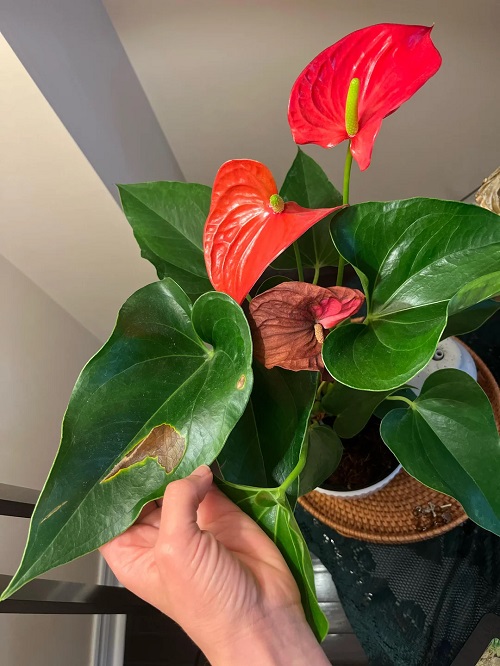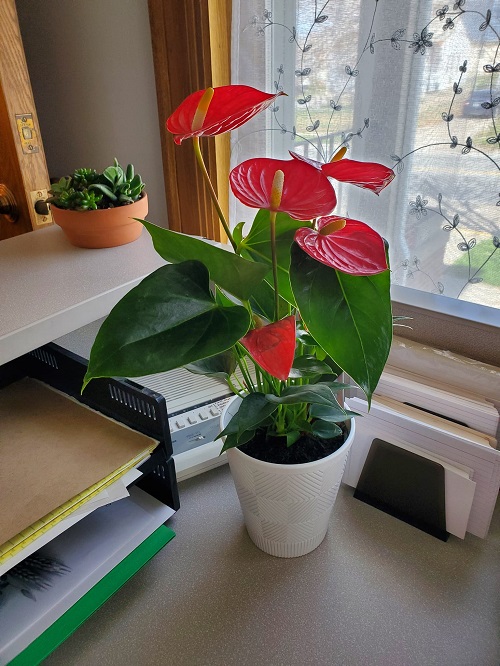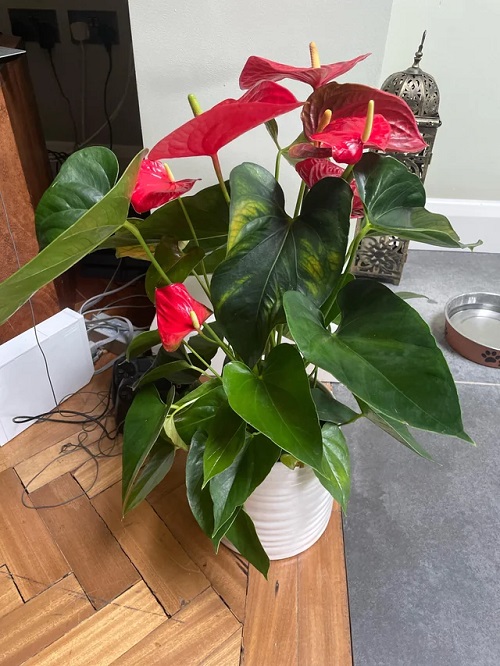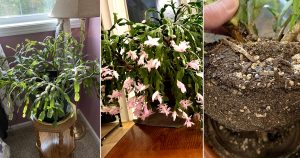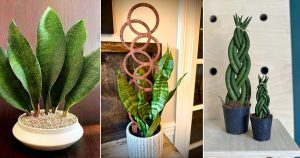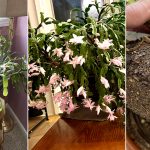Follow Simple tricks to make your anthurium bloom nonstop indoors and fill your room with lasting, colorful flowers year-round.
Anthuriums are loved for their shiny leaves and bright flowers that last for weeks. But sometimes they stop blooming and only grow leaves. By providing the right care, you can keep them blooming nonstop indoors. Here are some Simple Tricks to Make Anthurium Bloom Nonstop Indoors.
Simple Tricks to Make Anthurium Bloom Nonstop Indoors
1. Give It Bright, Indirect Light
Anthuriums grow best in bright, indirect light and can handle a few hours of soft morning or evening sun. Avoid the harsh afternoon sun because it can burn the leaves. The more bright light the plant gets, the more flowers it will produce.
They do very well indoors near an east or west-facing window, where they can enjoy gentle sunlight. Keep them away from south-facing windows to prevent leaf burn.
You can place your anthurium on a side table or a center table to add a lasting touch of color and beauty to your home
2. Maintain Warm Indoor Temperature
Anthuriums love warmth. Keep the room temperature between 68°F and 80°F (20°C to 27°C). Avoid placing the plant near cold drafts or air conditioners. Cold air slows down growth and blooming. If the temperature stays steady, your plant will stay active and produce flowers all year.
3. Keep the Air Humid
Anthuriums come from tropical areas, so they need high humidity. Dry indoor air makes the leaves brown and the blooms fade. Use a humidifier or place the pot on a tray filled with pebbles and water. You can group plants together, as it also helps. When the air is moist, the plant stays healthy and blooms longer.
4. Water the Right Way
Water your anthurium when the top inch of soil feels dry. Use room-temperature water. Never let the soil stay soggy because wet roots cause rot. Also, do not let the soil dry out fully. A good balance keeps the roots strong. Healthy roots help the plant send energy to produce more blooms.
5. Use a Light, Well-Draining Soil Mix
Anthuriums need loose soil that drains well. A mix of orchid bark, perlite, and peat moss works best. Regular garden soil is too heavy and holds water. When the soil has good airflow, the roots can breathe easily. Healthy roots lead to continuous blooming. Repot the plant every two years to refresh the mix.
6. Feed Regularly with Balanced Fertilizer
Fertilizer helps the plant bloom nonstop. Use a balanced liquid fertilizer every four to six weeks during the growing season. A mix with equal parts nitrogen, phosphorus, and potassium works well. Too much fertilizer can burn the roots, so use it in small amounts. Proper feeding encourages new flowers to form often.
7. Remove Old Flowers and Yellow Leaves
Pruning helps the plant focus on new blooms. Cut off faded flowers and yellow leaves with clean scissors. This prevents the plant from wasting energy on old growth. Regular cleaning also keeps pests away. When you remove old parts, the plant becomes stronger and blooms more often.
8. Keep the Plant Clean and Dust-Free
Anthurium leaves collect dust over time. Wipe them gently with a damp cloth once a week. Clean leaves can absorb more light, which helps with blooming. Avoid using leaf shine sprays. Just use plain water. Keeping the plant clean also prevents insects from hiding under the leaves.
9. Give It a Little Rest
After a long blooming period, let the plant rest for a few weeks. Reduce watering slightly and stop fertilizing for a short time. The plant uses this time to recover and prepare for the next bloom cycle. Once you see new growth, start regular care again. This short rest helps it bloom better next time.

